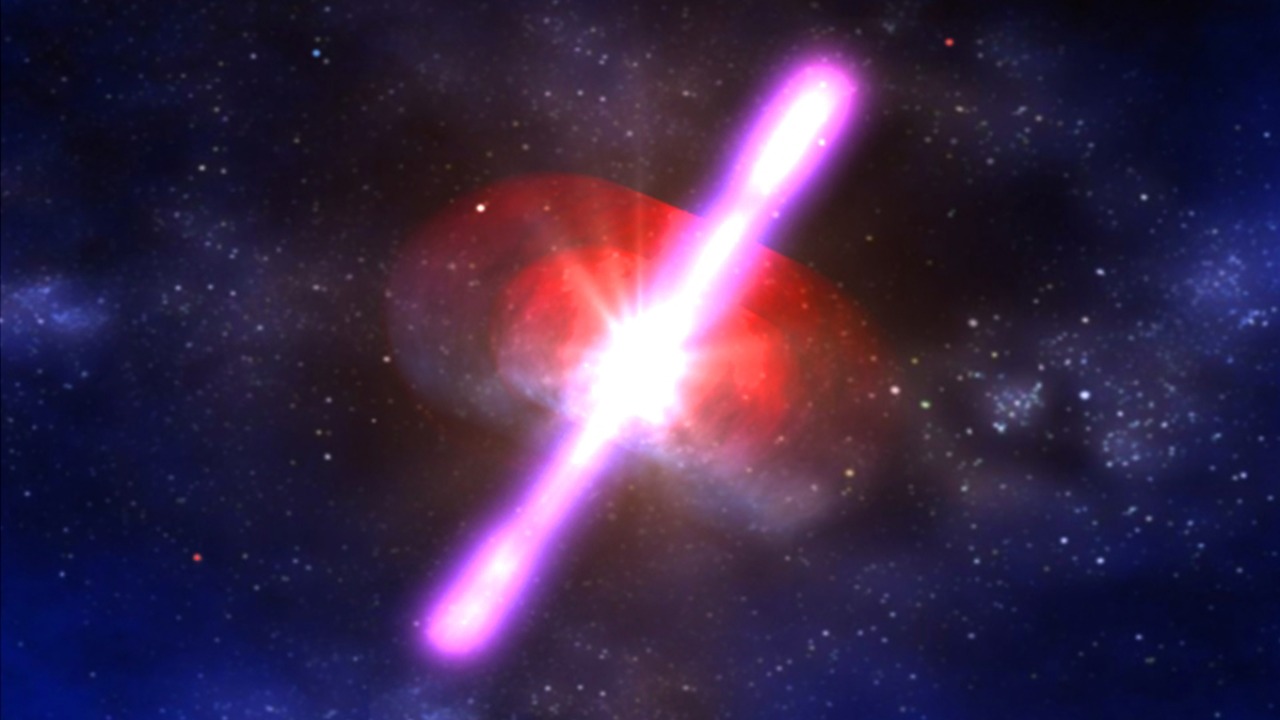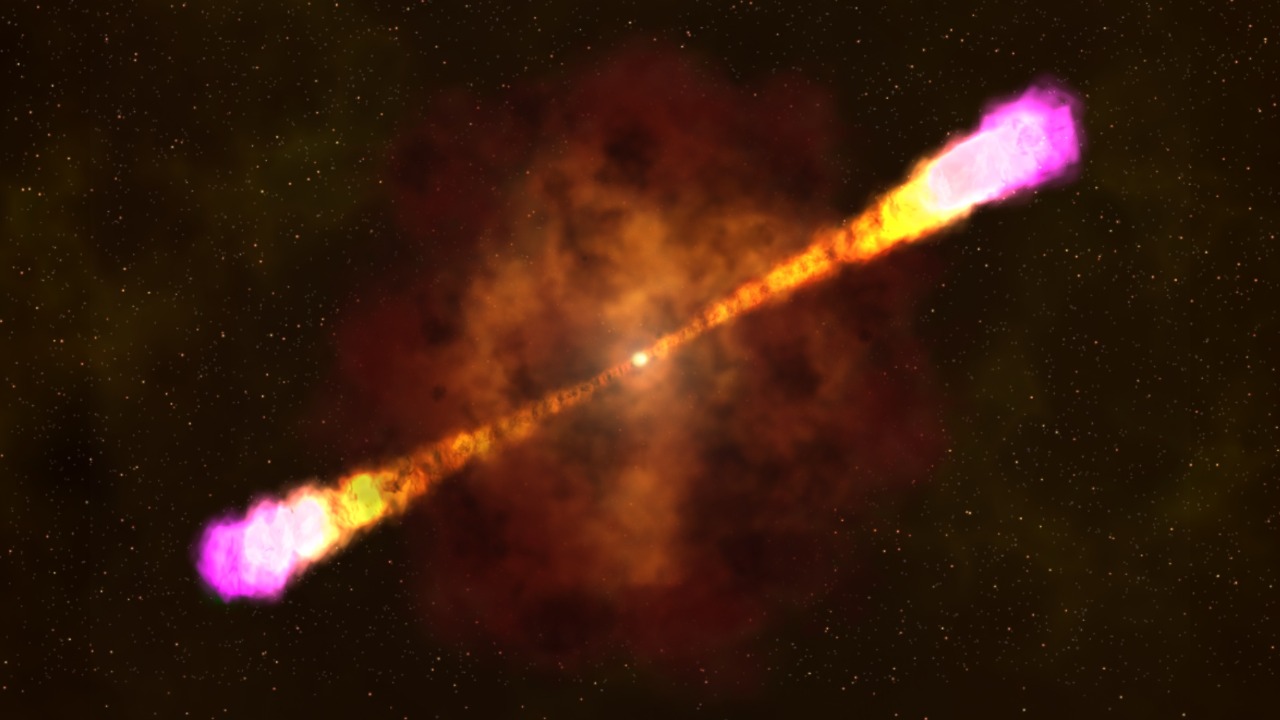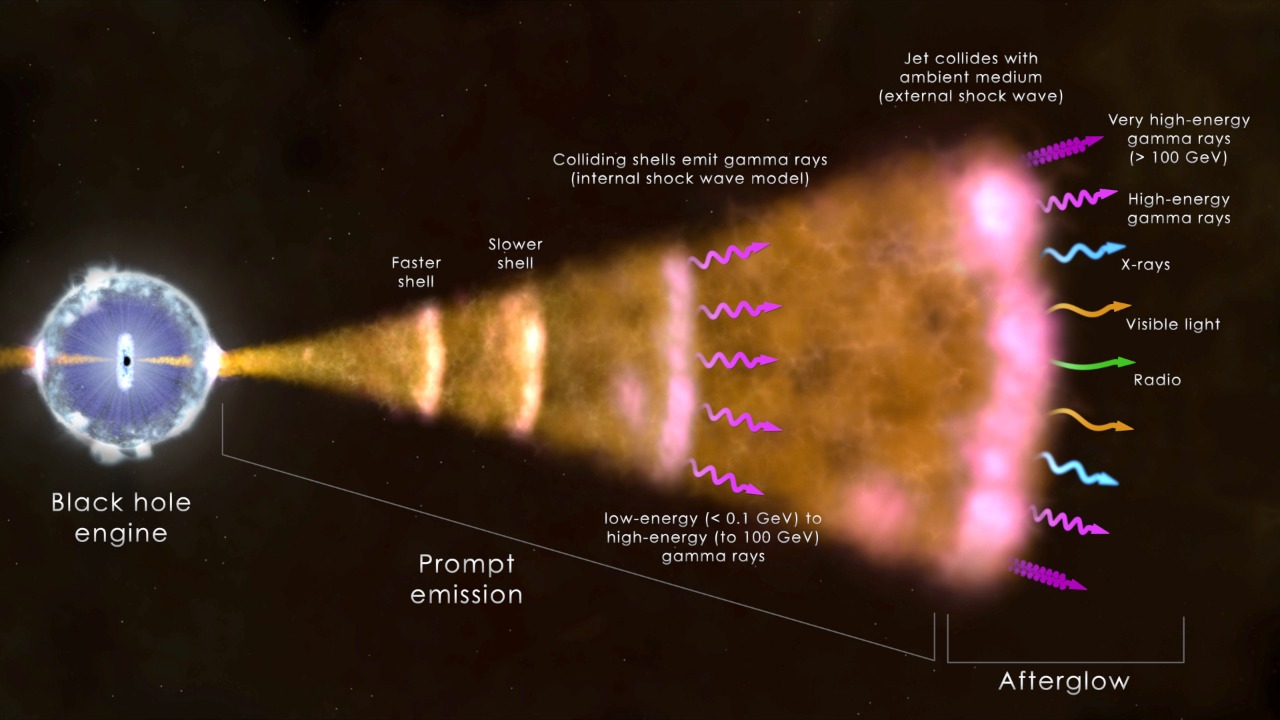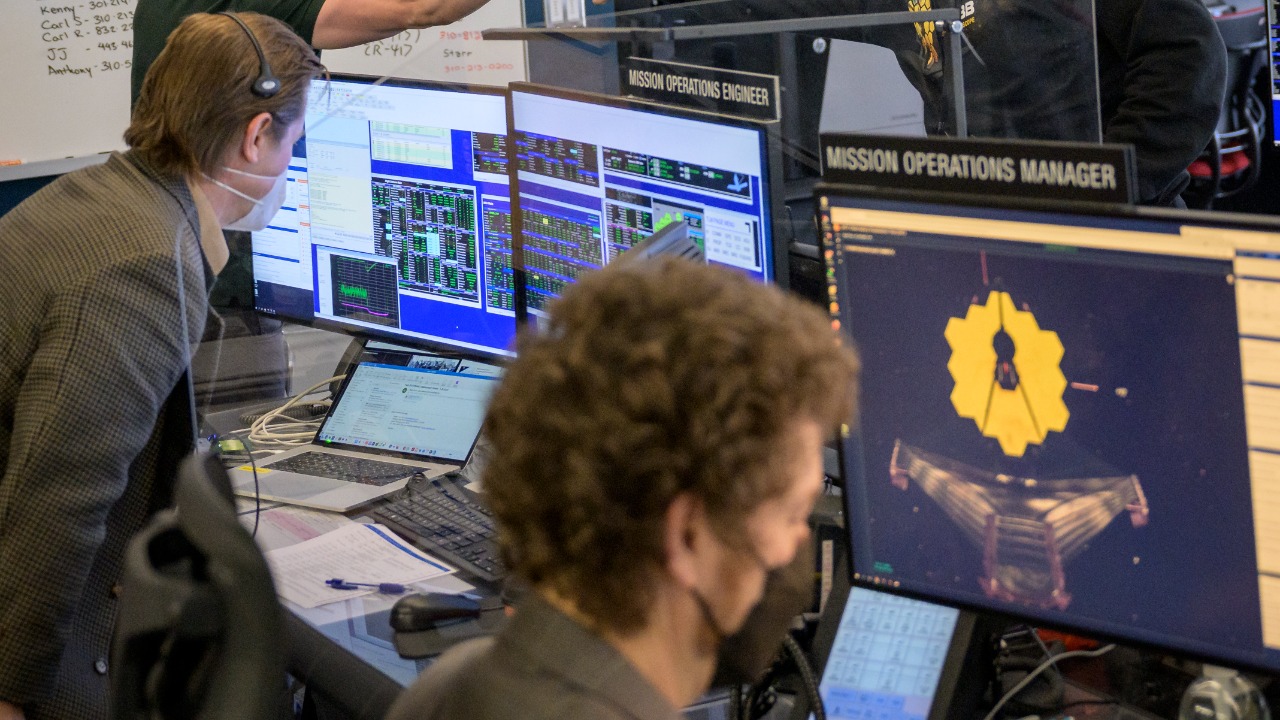
Our planet has recently been struck by an extraordinary burst of cosmic rays, demonstrating an intensity level that is unparalleled in recorded history. As we delve into the specifics of this event, we’ll also explore the broader implications of these cosmic phenomena and the ongoing scientific investigations.
Understanding Cosmic Ray Bursts

Cosmic ray bursts, also known as gamma-ray bursts (GRBs), are intense flashes of high-energy radiation originating from distant cosmic events such as supernova explosions or the merger of neutron stars. They are among the most powerful phenomena in the universe, capable of releasing more energy in a few seconds than the Sun will emit in its entire lifetime.
Despite their immense power, GRBs are quite rare and detecting them requires sophisticated equipment. These bursts are typically detected by spacecraft equipped with gamma-ray detectors, which constantly monitor the sky for these fleeting, yet powerful, events. The rarity and power of these phenomena make each detection a significant event in the field of astrophysics.
Unraveling the Details of the Recent Cosmic Ray Burst

The recent cosmic ray burst that hit Earth, designated as GRB 221009A, is a notable example of these rare cosmic events. Its detection has excited the scientific community due to its record-breaking intensity. This burst was so powerful that it caused a brief disruption in Earth’s upper atmosphere, despite originating from a distant galaxy.
The intensity of GRB 221009A was measured using a range of scientific instruments, including satellite-based detectors and ground-based observatories. The data collected from these sources is still being analyzed, but preliminary findings suggest that this burst was one of the most powerful ever recorded, offering a unique opportunity to study these extraordinary cosmic phenomena.
NASA’s Study on Rare Cosmic Ray Burst

NASA has a dedicated mission to study these potentially once-in-10000-year gamma-ray bursts. The scientific community uses a variety of tools and methods to study these phenomena, including space-based gamma-ray detectors, ground-based telescopes, and advanced computer models.
The preliminary findings of this unique cosmic event are still being evaluated, but they already hint at its exceptional nature. The data collected will contribute significantly to our understanding of these powerful cosmic phenomena and their implications. Through this study, we will gain valuable insights into the violent cosmic events that lead to the creation of GRBs.
Impact of Cosmic Ray Burst on Earth and its Systems

The effects of cosmic ray bursts on Earth’s systems can be profound. They can affect our planet’s atmosphere and magnetic field, causing disruptions in radio communications and triggering auroras. For instance, the recent GRB 221009A caused a brief disruption in the ionosphere, leading to minor disturbances in radio communications.
Moreover, these bursts can also have implications for our technology and infrastructure. For example, an intense burst of cosmic rays can potentially damage satellites, disrupt power grids, and even affect terrestrial electronic systems. A study published in ScienceDirect discusses these potential impacts in more detail.
The Future of Cosmic Ray Burst Research

The field of cosmic ray burst research is dynamic and continually evolving. There are numerous ongoing studies that aim to improve our understanding of these fascinating cosmic phenomena. By studying these intense bursts of energy, scientists hope to gain insights into the processes driving the most powerful events in the universe.
These studies will not only enhance our understanding of the universe but also help us prepare for future cosmic ray bursts. They can provide us with valuable information about the potential risks associated with these events and offer strategies to mitigate their impacts. As we continue to explore the universe, the study of cosmic ray bursts will undoubtedly remain a crucial component of our cosmic journey.